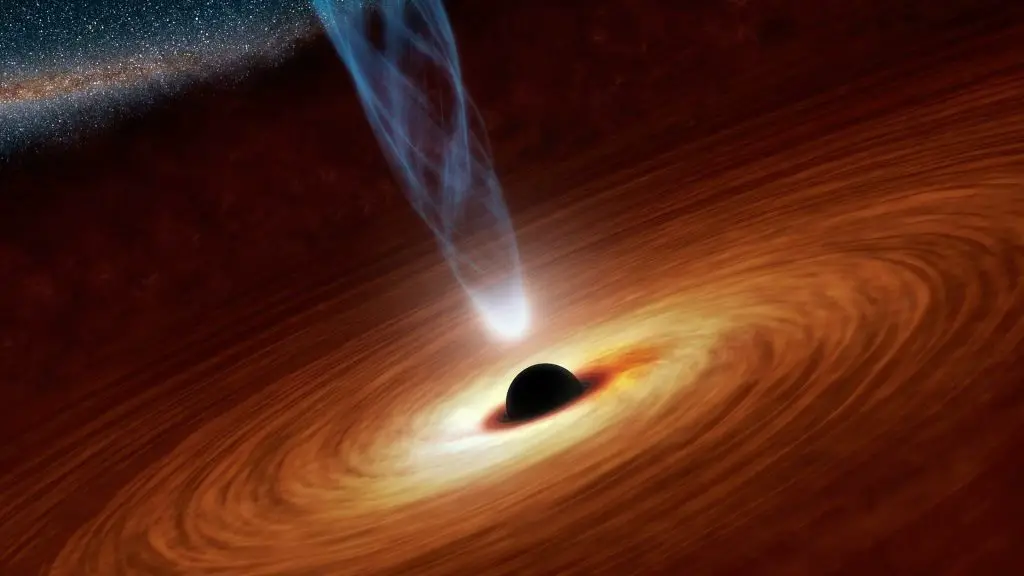Scientists estimate that there may be about 100 billion supermassive black holes in the Universe. In a recent observation, astronomers discover the largest blackhole known to mankind. This massive cosmic messy eater has a mass of about 30 billion suns. It occupies the galactic center of a massive galaxy located hundreds of millions of light years away from Earth.
Due to its gigantic nature which opposes the normal galactic supermassive black holes, astronomers identify the largest blackhole as an ultramassive black hole. Usual supermassive black holes weigh between a few million to a few billion solar masses. However, the newly discovered large black holes weigh about the mass of 30 billion suns. How did the astronomers come up with this discovery? Continue reading to find out.
How Scientists discovered the largest blackhole that can fit 30 billion suns
While conducting observations on a galaxy located hundreds of millions of light years away from Earth, Astronomers spotted this massive black hole. They used the gravity of the foreground galaxy to magnify the monster’s black hole. Scientists refer to this method as gravitational lensing, which often occurs as a result of gravity bending light around supermassive objects.
In general terms, this effect can be referred to as nature’s own telescope and it has helped scientists to boost the magnification of objects located at an extreme distance beyond the clear vision of man-made telescopes. Scientists that made this discovery were fascinated with the overall outcome as they have never seen anything like this before.
“This particular black hole, which is roughly 30 billion times the mass of our sun, is one of the biggest ever detected and on the upper limit of how large we believe black holes can theoretically become, so it is an extremely exciting discovery,” James Nightingale, an astrophysicist at Durham University in the U.K. and lead author of the new study, said in a statement.
How Scientists Estimated the Mass of the Monster Black Hole
The astronomers estimated the size of the monster’s black hole by studying the magnification of the foreground object in several images captured by the Hubble Space Telescope. They used powerful computer modeling to simulate the amount of light bending around the foreground galaxy that houses the ultramassive black hole. The scientists also tested thousands of black hole sizes before concluding a solution that best describes their observations.
The newly discovered monster black hole is located in one of the galaxies of the Abell 1201 galaxy cluster. Astronomers took advantage of gravitational lensing to make this fascinating discovery. Scientists revealed that such an ultramassive black hole is not very active as it is not consuming excess materials. Hence, the monster black hole is not generating powerful X-ray radiation. Based on our current technologies, scientists are still struggling to study this type of black hole using any other methods than gravitational lensing.
“Most of the biggest black holes that we know about are in an active state, where matter pulled in close to the black hole heats up and releases energy in the form of light, X-rays, and other radiation,” Nightingale said. “However, gravitational lensing makes it possible to study inactive black holes, something not currently possible in distant galaxies. This approach could let us detect many more black holes beyond our local universe and reveal how these exotic objects evolved further back in cosmic time.”
The discovery made scientists more curious about the massive nature of cosmic objects that made up the observable Universe. The findings from these observations were published on March 29, in the journal Monthly Notices of the Royal Astronomical Society.
Conclusion
Discovering massive cosmic objects like this one often inspire our astronomers to think deeply about the Cosmos. However, more data and observations are still required to learn more facts about the ultramassive black hole. What do you think about this observation?




